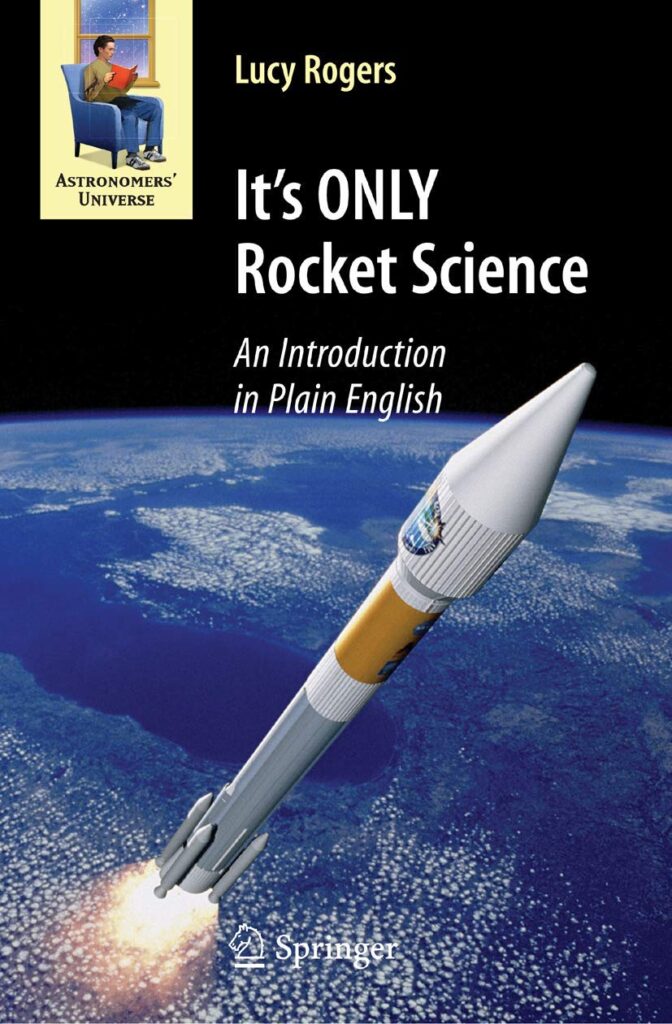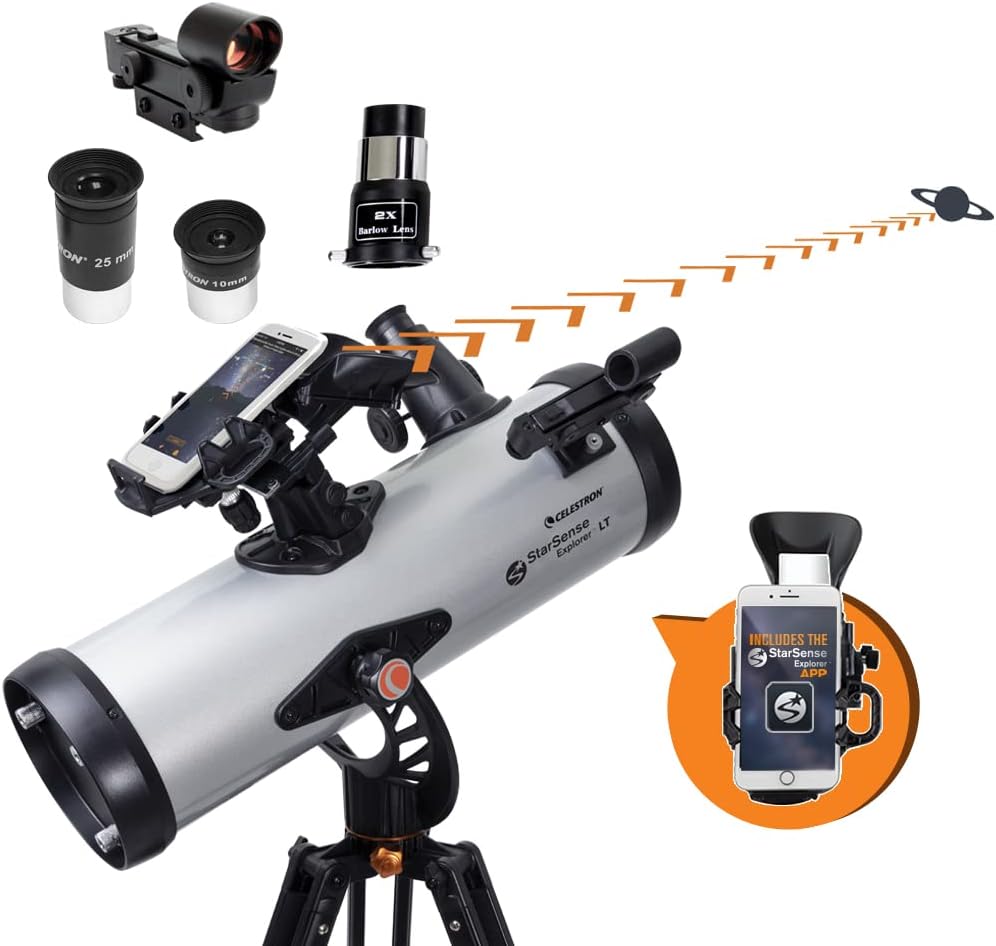China’s Tianwen -1 Mars Mission!
Though this year has been tough but it hasbeen a very major year for space explorationsand missions. A lot of major breakthroughsoccurred this year. No one would have believedthat a private company would send astronauts,but SpaceX did it. Countries sent their missionsto mars for exploring the red planet and thereforebringing us one step closer to the dream ofcolonising the Red Planet. Among the eightplanets in the Solar System, Mars is the mostsimilar to Earth and is also close by. Ittherefore naturally becomes a high-prioritytarget for space exploration. Mars offersa substantial and pragmatic opportunity toanswer key questions concerning the existenceof extraterrestrial life, and the origin andevolution of the Solar System, and to explorethe possibility of human habitation. Withthe start of this new decade, a new spacerace has started. There is a race among countriesto send their probe to mars and that is clearof the fact that USA and two newcomers UAEand China have sent their spacecrafts to mars. UAEand China will contend to become the 5th nationto reach mars. We already have made a videoabout the UAE Hope mission and USA’s Perseverancemission to mars and we link it in in our descriptionbox, go check them out. In this video willdiscuss the Unique Chinese mars mission Tianwen-1. Before discussing more about it lets takea step back and discuss how the summer ofmars has been?Tianwen-1 was the second Mars mission of themonth of July 2020. The United Arab Emirateslaunched their Hope mars mission on July 19,2020, to study the martian atmosphere andclimate, which was launched by Japan’s H-2Arocket. Like Tianwen-1, Hope is historic. It’s the first interplanetary mission everdeveloped by an Arab state. And the excitingand competing summer of Mars isn’t overyet. NASA successfully launched NASA’s nextMars rover, the 1,040 kg Perseverance, onJuly 30, 2020. So you might think that, whynow? Why are countries competing for goingto mars? Well, this question has many reasons. We all know about the space race between theSoviet Union and United States of Americaduring the cold war too, send orbiters andlanders to moon and mars. A similar spacerace has started today between all the majorcountries and companies. It’s clear thatour space explorations are continuing andexpanding in decades to come, and that thereare many who want to see humans building newsocieties on Mars sometime this century. Countriesthat can prove technological prowess today,and contribute to our understandings of Mars’sterrain and atmosphere, are in the runningfor political, military and ideological dominancethroughout the next decades of this century- just as they were in the first space race. A significant reason that this new space racehas started not only between countries butalso private companies like SpaceX and BlueOrigin Since the space market is now a bloomingprofitable market. Also, the clumping of launches is also becauseof the orbital dynamics. Earth and Mars lineup properly for interplanetary missing forjust a few weeks once every 26 months andis the main reason all these three launcheswere in the same month. (The European-RussianExoMars rover was supposed to join the launchparty this summer, but it suffered technicalissues and now must wait till 2022). All threeof these missions are scheduled to arriveat the Red Planet in February 2021. So whenthe summer of Mars ends, we’ll still havea Red Planet winter to look forward to. China announced its planetary explorationprogramme beyond the Earth–Moon system in2016. Benefiting from the engineering heritageof China’s lunar exploration programme,the Chinese national strategy set Mars asthe next target for planetary exploration. China’s first Mars mission is named Tianwen-1,and aims to complete orbiting, landing androving in one mission. Earlier China launchedits mission to mars with help of Russia in2011, which failed completely, unable to reacheven the Lower Earth Orbit. The period from2008 to 2014 was an interesting one, becausethe two Asian giants India and China werecompeting in the space race and were planningto go to mars. With the help of Russia, ChinaLaunched its first mission named Yinghuo-1. In November 2011, the Russian spacecraft Phobos-Gruntdefined for mars and Phobos, was launchedfrom Baikonur Cosmodrome, Kazakhstan, on 8November 2011 which failed later and Indiathen successfully reached Mars becoming thefourth nation to do so. This year China successfullylaunched its mars mission Tianwen-1 successfully,which is a unique mission compared to theprevious missions. From the first space probesto fly by the planet in the 1960s to the planetaryorbiters and rovers of today, the United States,Russia, Europe, Japan and India have developedMars exploration programmes to fulfil humanaspirations. And the Chinese spacecraft willface a tough competition from UAE’s Hopemission for becoming the fifth nation to reachmars. The name Tianwei-1 means ‘question to heaven’,which is taken from the name of a poem byQu Yuan , one of the greatestpoets in ancient china. In the poem, Qu Yuanraises a series of questions about the sky,the stars, and natural phenomena, showinghis desire for the truth, which perfectlyfits this mission. As with many Mars missions,Tianwen-1 is about learning more about theRed Planet and, through that, for scientiststo learn more about our own planet. The spacecraftwas launched from the Wenchang Satellite LaunchCenter on Hainan Island and ejected directlyinto the Earth–Mars transfer orbit usingthe Long March 5 launch vehicle. China’sMars rover will probably attempt to land ata site in northeastern Mars, according toa recent paper published just days ahead ofthe mission’s launch. The paper, which waspublished last week in the journal NatureAstronomy, was written by team members ofChina’s Tianwei-1 mars mission which aimsto send an orbiter and a lander/rover duoto the Red Planet. The study reveals additionaldetails about Tianwen-1, outlining its intendedlanding area, science goals, and the namesof instruments aboard the spacecraft. It alsostresses the historic nature of the mission:Not only is Tianwen-1 China’s first fullyhomegrown Mars mission, it’s also the firstto carry both a planetary orbiter and a rover. The Tianwen-1 probe, with a mass (includingfuel) of about 5 tonnes, comprises an orbiterand a lander/rover composite. The orbiterwill provide a relay communication link tothe rover, while performing its own scientificobservations for one Martian year. The orbitduring the scientific observation stage isa polar elliptical orbit . The lander/rover will perform a softlanding on the Martian surface some 2–3months after arrival of the spacecraft, witha candidate landing site in Utopia Planitia,a huge basin formed by a large impact farback in Mars’ history that was also theregion where NASA’s Viking 2 lander toucheddown in 1976. According to areas defined inearlier statements on landing areas, Chinahad isolated a portion of the vast plain asa candidate landing area, running from IsidisPlanitia to the big volcano Elysium Mons. The low elevation of the area means therewill be more time and atmosphere for the entryspacecraft to slow down and safely descendto the surface. The latitude, between roughly20 and 30 degrees north, is also suitablefor receiving enough sunlight to power theroughly 530-lb. rover. Therelatively smooth surface will also be conducivefor roving. The mission also benefits fromthe engineering heritage of China’s . The240 kg solar-powered rover is nearly twicethe mass of China’s Yutu lunar rovers andis expected to be in operation for about 90Martian days. There are 13 scientific payloadsin the Tianwen-1 mission in total. The seveninstruments on board the orbiter comprisetwo cameras, the Mars-Orbiting SubsurfaceExploration Radar, Mars Mineralogy Spectrometer,Mars Magnetometer, Mars Ion and Neutral ParticleAnalyser, and Mars Energetic Particle Analyser. The six instruments installed on the rovercomprise the Multispectral Camera, TerrainCamera, Mars-Rover Subsurface ExplorationRadar, Mars Surface Composition Detector,Mars Magnetic Field Detector, and Mars MeteorologyMonitor. As we have already mentioned earlier thatthe Tianwen-1 mission is a unique, you allmight wonder why? Tianwen-1 is going to orbit,land and release a rover all on the very firsttry, and coordinate observations with an orbiter. No other interplanetary mission has done soin the past. Even NASA has either sent Orbitersor Rovers, but China plans to do all the threetogether. If successful, it would signifya major technical breakthrough. Scientifically,Tianwen-1 is the most comprehensive missionto investigate the Martian morphology, geology,mineralogy, space environment, and soil andwater-ice distribution. The Tianwen-1 probeis expected to reach Mars around February2021 and the scientific observation phasewill start in April 2021. However, China’srover will remain attached to the orbiterfor two to three months before attemptingits landing, according to the paper. It willalso be joined by the two other mars missionsNASA’s Mars 2020 Perseverance rover andthe United Arab Emirates’s Hope mars orbiter. The international planetary science communitylooks forward to these exciting missions,which will advance our knowledge of Mars toan unprecedented level. The mission takesits inspiration and benefits from the engineeringheritage of China’s Change lunar explorationprogram. The Chinese rover is expected to operate fora period of about 90 martian days, accordingto the official announcement. The rover isalso twice the mass of China’s Yutu-2 rover,which successfully landed on the far sideof the moon. The Tianwen-1 orbiter will providea relay communication link to the rover andwill also perform its own scientific observationsfor one Martian year. The Tianwen-1 orbiter will provide a relaycommunication link to the rover while performingits own scientific observations for one Martianyear, according to the paper. (One sol isabout 40 minutes longer than an Earth day. One Martian year is 687 Earth days. ) Overall,Tianwen-1 aims to take Mars’ measure ina variety of ways. To be specific, the scientificobjectives of Tianwen-1 include:1. to map the morphology and geological structure,2. to investigate the surface soil characteristicsand water-ice distribution3. to analyze the surface material composition,4. to measure the ionosphere and the characteristicsof the Martian climate and environment atthe surface, and5. to perceive the physical fields (electromagnetic,gravitational) and internal structure of Mars,”informed the team members of the mission. The orbiter will operate in a polar orbitin order to map Mars’ morphology and geologicalstructure while also using the Mars-OrbitingSubsurface Exploration Radar instrument toinvestigate soil characteristics and water-icedistribution. It will also measure the ionosphereand the electromagnetic and gravitationalfields. It will investigate the surface soilcharacteristics and the water-ice distribution. The rover will investigate the surface soilcharacteristics and water-ice distributionwith its own Subsurface Exploration Radar. It will also analyze surface material compositionand characteristics of the Martian climateand environment on the surface. Though these countries are competing to reachmars, they will overall help humans to understandthe Red Planet and fulfil the dream of colonisingmars. Soon we might witness the first manto mars, and we hope in the coming years wemight start its colonisation. The dreams arebig and the journey is tough but that’swhat the human civilisation is about winningand developing in every circumstance. So whatdo you think about the ambitious Chinese marsmission? Will it be successful, as the missionis one of its kind? Let us know what you thinkin the comment section below. And don’tforget to like and share the video. And subscribeto our channel and press the bell icon toremain notified of interesting videos aboutscience and universe.













